A High-Price, Low-Quality Experience: The Surprising Realities of Senreve’s Fortuna

When Senreve challenged me to rip their Fortuna bag, I was intrigued. Having paid $695 for a handbag, my expectations were naturally high. After all, the website promised that this bag was crafted in Italy with supple leather, which should signify quality. Upon unboxing the Fortuna, I was immediately struck by its size—so much so that I could carry my baby in it. For a bag this large, the price seemed excessive, raising my expectations even further. So, I decided to delve deep and see if this bag truly lived up to its lofty price tag.
DISCLAIMER: The “Rip My Bag Challenge” is a review series that tests leather products’ quality, price, and craftsmanship. While the brand supports the challenge financially, my opinions stay fair, unbiased, and truthful. Products featured are purchased anonymously without brand involvement. Brands have no control over content, publishing dates, or the review process. You may watch or read the full disclaimer here.
What's Inside?
First Impressions: Design, Leather, and a Missing Zipper Handle
At first glance, the Fortuna bag has a visually appealing design. The form is structured yet lightweight, and the handle is remarkably soft, making it comfortable to carry despite its size. This is a big plus. The leather, while decent, isn’t extraordinary. It’s not the kind of leather that instantly commands awe, but it doesn’t disappoint either. However, as I started examining the bag more closely, I noticed something odd—the zipper handle was missing. A quick look inside revealed the handle tucked away. It seems like the bag arrived in an “IKEA-style” package, requiring some assembly on my part. It’s surprising and disappointing to see such an oversight in a $700 bag. Locking the zipper handle is a crucial step in the manufacturing process, and skipping it is simply unacceptable for a bag of this caliber.
Leather Quality: Wrinkles, Finishes, and What Lies Beneath
Moving on to the leather itself, I noticed a bit too much of a wrinkly finish on the top, especially where the curves of the bag are more pronounced. This suggests the use of a micro-finish—a type of finish that’s forgiving and doesn’t require expensive leather. Upon closer inspection, I removed the backing material from the leather and observed super thin veins underneath, which would typically reflect onto the leather’s grain. This means that the leather couldn’t be finished with transparent aniline finishes, as it would highlight these imperfections, resulting in an undesirable appearance. Instead, they used a coverage finish, a modern technology that masks imperfections and creates a uniform look without needing high-quality hides. While this technique achieves a clean and consistent appearance, it’s clear that the leather isn’t of the highest quality.
@tanner.leatherstein Did I just overpay for a bag? Visit them at @senreve_. DISCLAIMER: The “Rip My Bag Challenge” is a review series that tests leather products’ quality, price, and craftsmanship. While the brand supports the challenge financially, my opinions stay fair, unbiased, and truthful. Products featured are purchased anonymously without brand involvement. Brands have no control over content, publishing dates, or the review process. You may watch the full disclaimer on my pinned video. #senreve #leatherbrand #bagreview #fashiontiktok #madeinitaly #isitworthit #tannerleatherstein ♬ original sound - Tanner Leatherstein
Craftsmanship: Alignment Issues, Stitching Gaps, and Rusty Hardware
As I inspected the craftsmanship, I found some concerning issues. There were visible stitching gaps on the main panel, particularly on the bottom side of the bag. It seemed like there was an alignment issue during assembly, causing the bag’s front to take on a slightly odd shape. Additionally, I noticed a few leftover threads—nothing major, but enough to raise a red flag about the overall attention to detail. The thread used was quite thin, and I believe a double thread would have been more appropriate, especially given that this area might eventually give way and break.
The hardware presented another significant concern. Rust marks were apparent across various metal components of the bag, manifesting as small black dots indicative of oxidation due to imperfect plating. This was especially disappointing, as it’s a sign of poor hardware quality. For a bag priced at nearly $700, I expected much better.
Internal Materials: Above Average Execution but Inconsistent Quality
Opening up the bag revealed some positive aspects. The internal materials and support structures were above average, with clean and well-executed workmanship. It’s evident that the interior was crafted with care and precision, reflecting a workshop that wasn’t rushing through the assembly process. However, this only makes the exterior flaws more puzzling. It’s as if this particular bag slipped through the quality control process, leaving me with a product that doesn’t entirely meet the brand’s standards.
Estimating the True Cost of the Senreve Fortuna Bag
To better understand the value of this bag, I estimated the cost of materials and labor. The leather used in the bag seemed to require about eight square feet, costing roughly $32. Factoring in the labor and hardware costs, I estimated the total cost to produce the Fortuna bag in Italy to be around $122. This includes the $90 for labor and hardware and the $32 for the leather. Given this estimate, the retail price of $695 represents a markup of over five and a half times the production cost—a significant margin that raises questions about the bag’s true value.
In my fair pricing strategy, which typically falls between 3 ½ to 4 times the production cost, this bag’s price is on the higher end of the spectrum. This high markup naturally led me to expect exceptional quality, but unfortunately, that wasn’t the case.
Conclusion: Unfulfilled Expectations and Areas for Improvement
In summary, while the Senreve Fortuna bag boasts a good design and structure, it falls short in several critical areas, including quality assurance, material selection, and craftsmanship. The leather, while not terrible, is far from premium, and the hardware’s rust issues are particularly troubling. Finding the zipper handle inside the bag rather than attached was the final straw—a detail that should never be overlooked, especially for a product in this price range.
To justify its $695 price tag, Senreve needs to refine its manufacturing processes, particularly in quality control. Improving the hardware and leather quality could elevate the Fortuna bag to a level that matches its design potential. For now, though, the Fortuna doesn’t live up to the high expectations set by its price. While the bag has potential, it currently lacks the substance and quality to be considered a truly valuable investment.




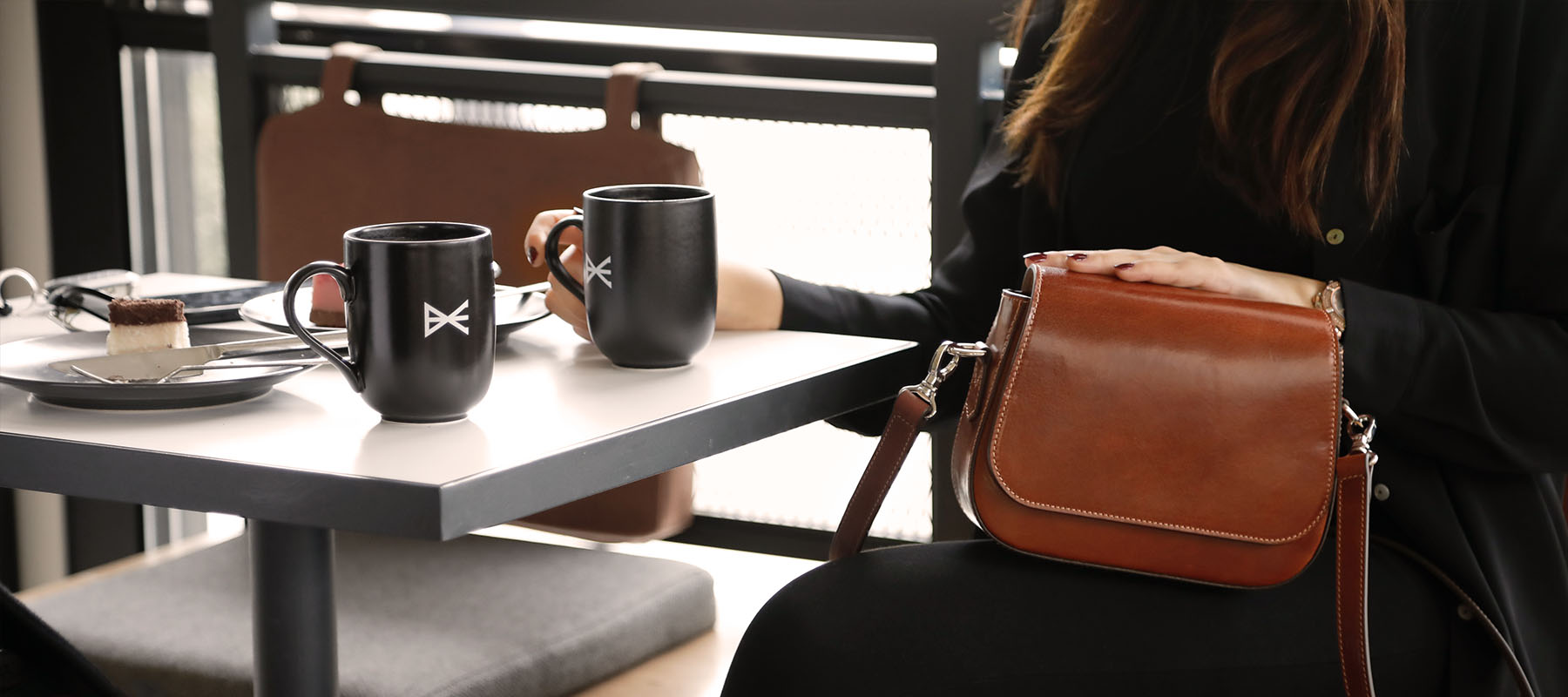
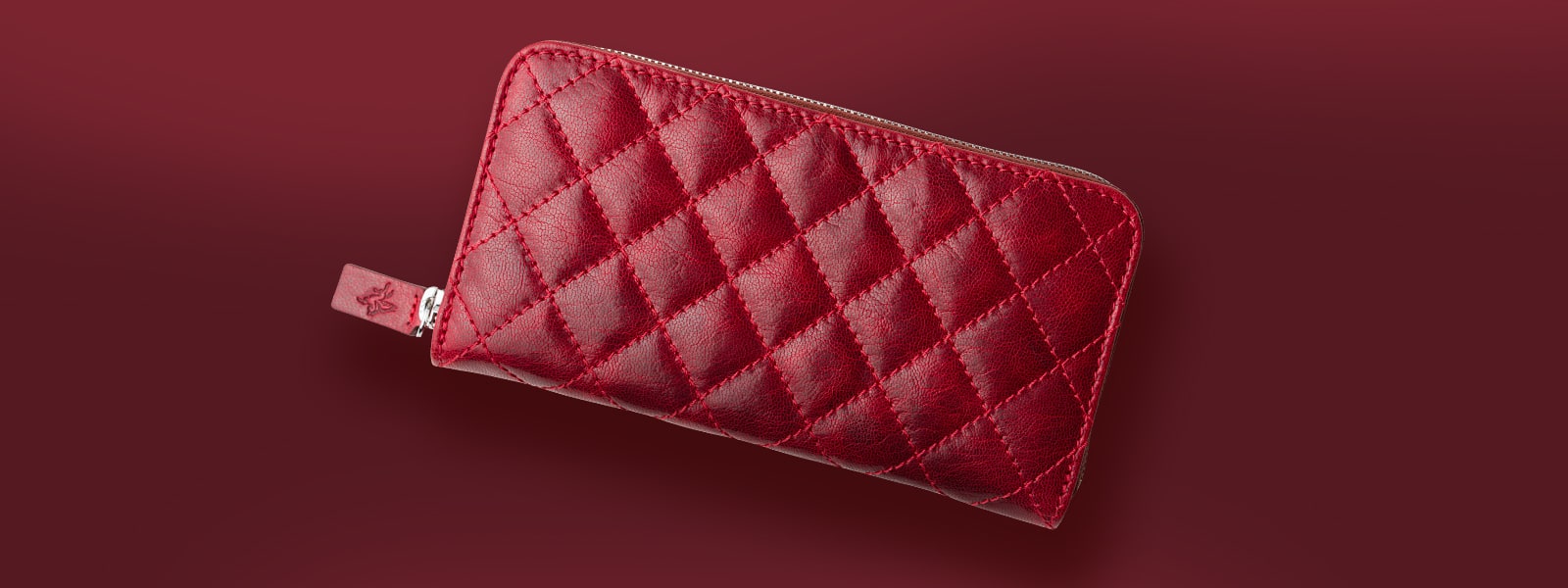
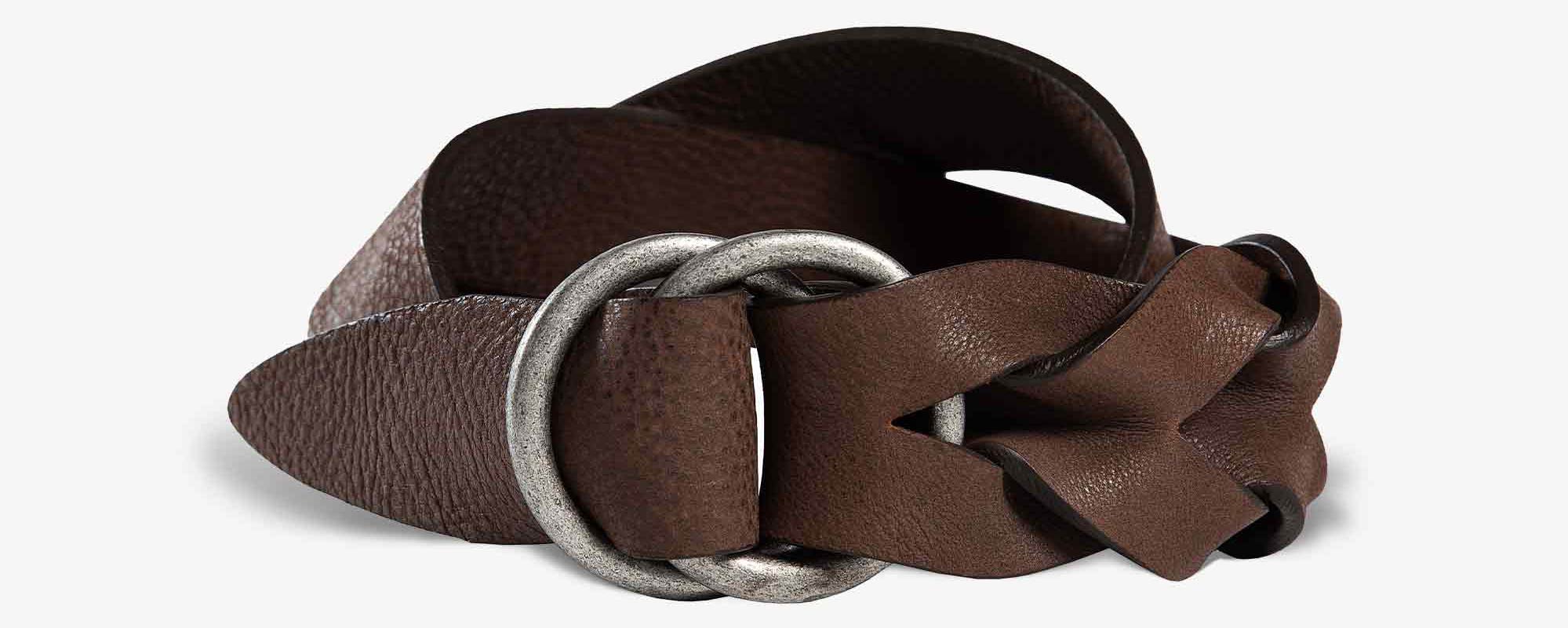
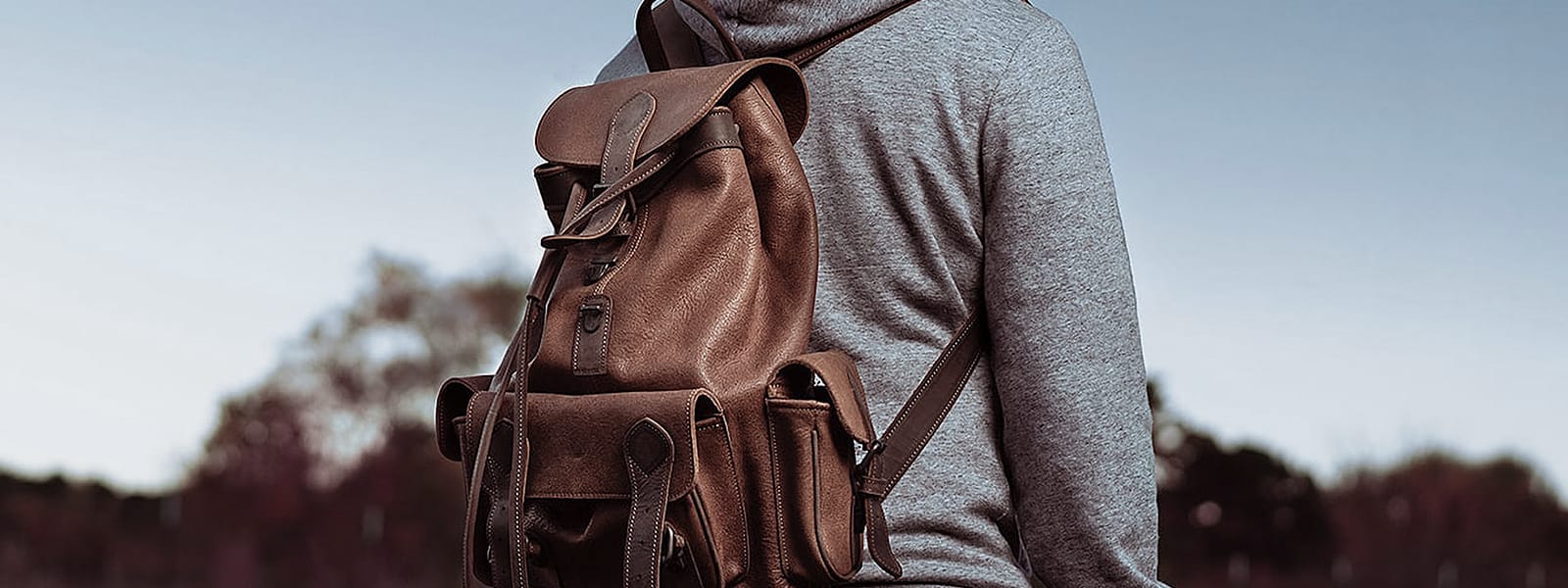
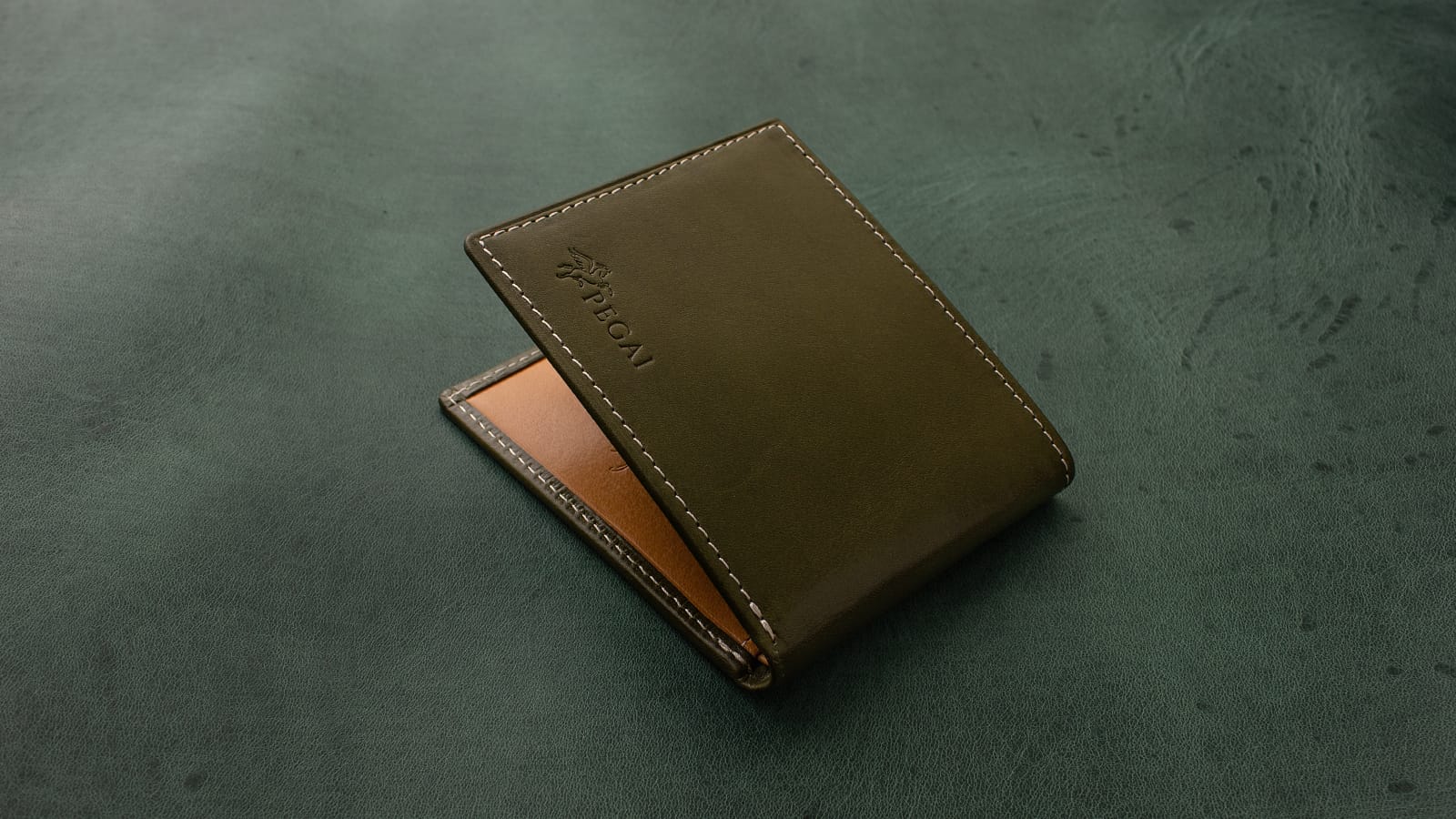
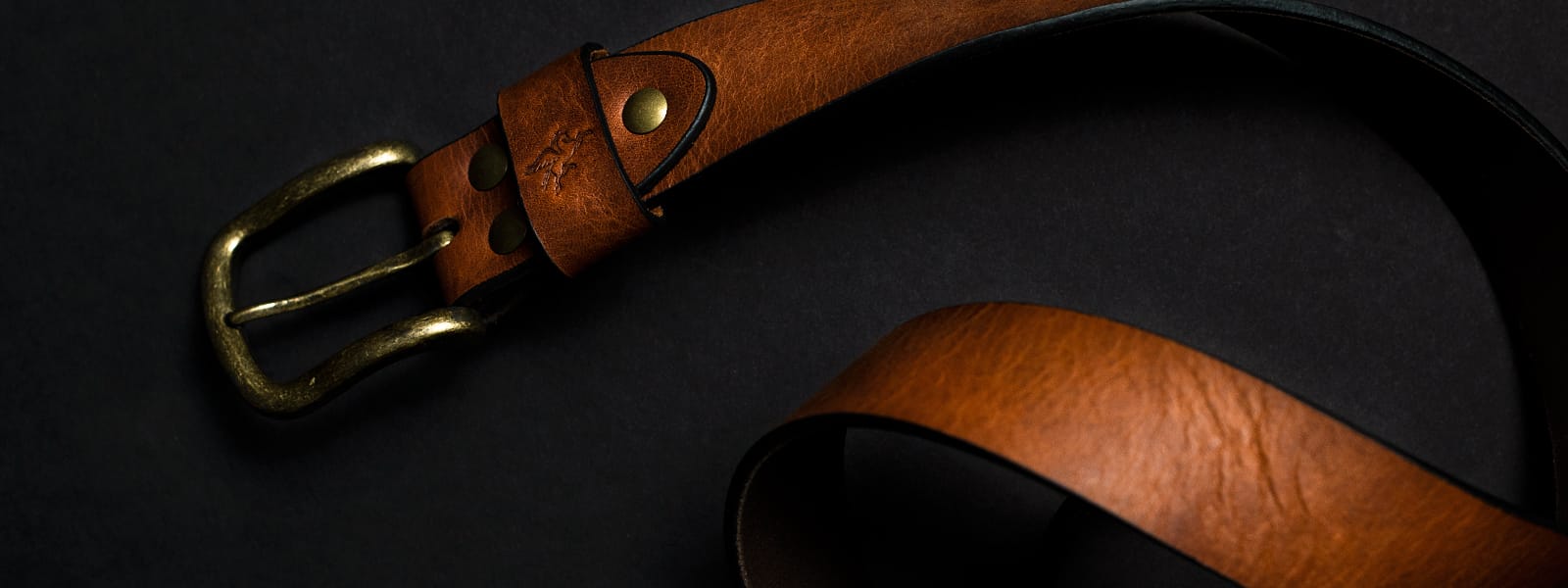

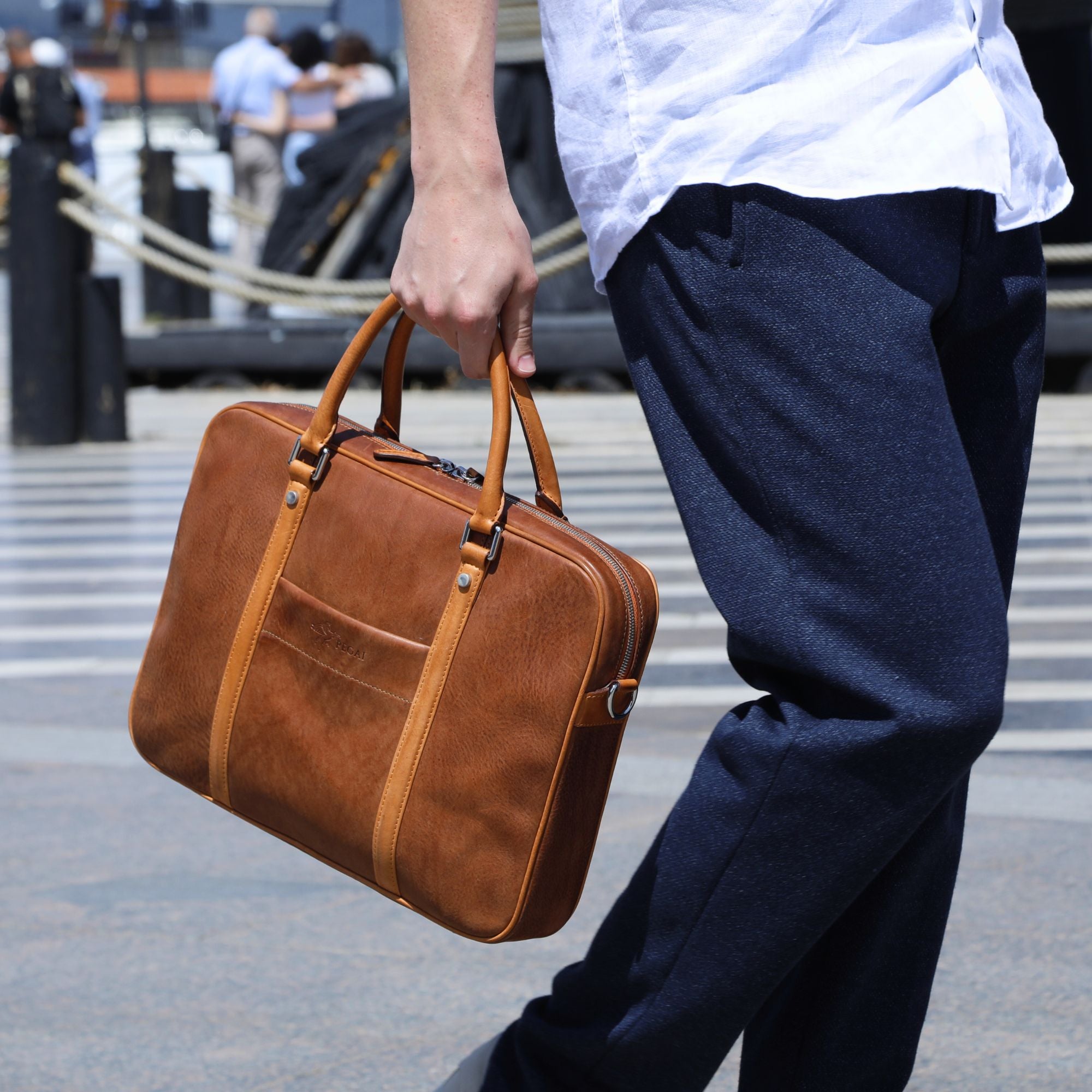
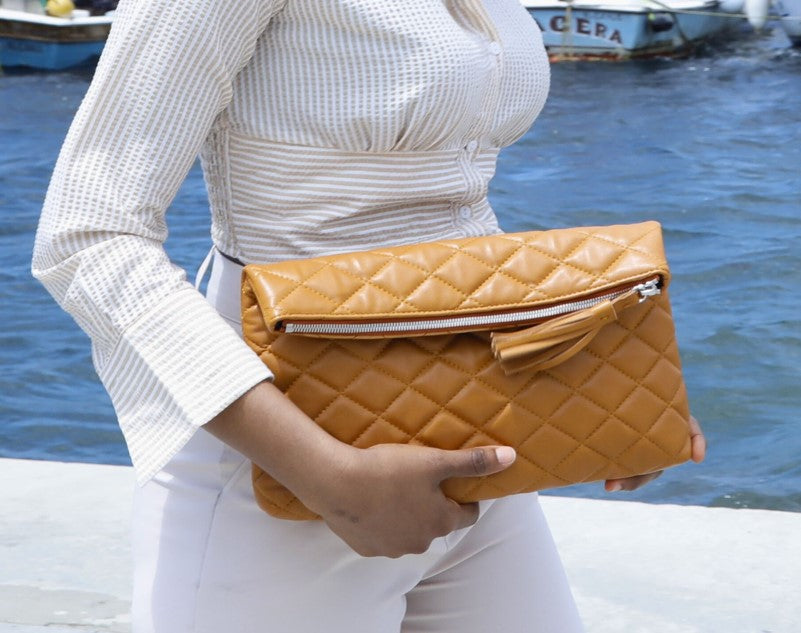
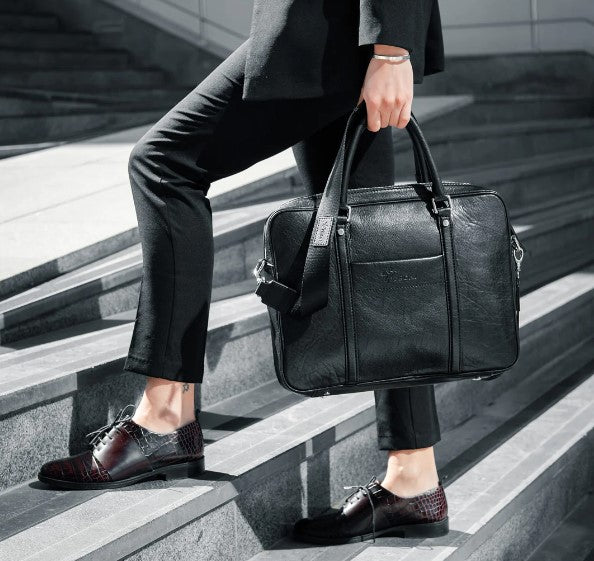
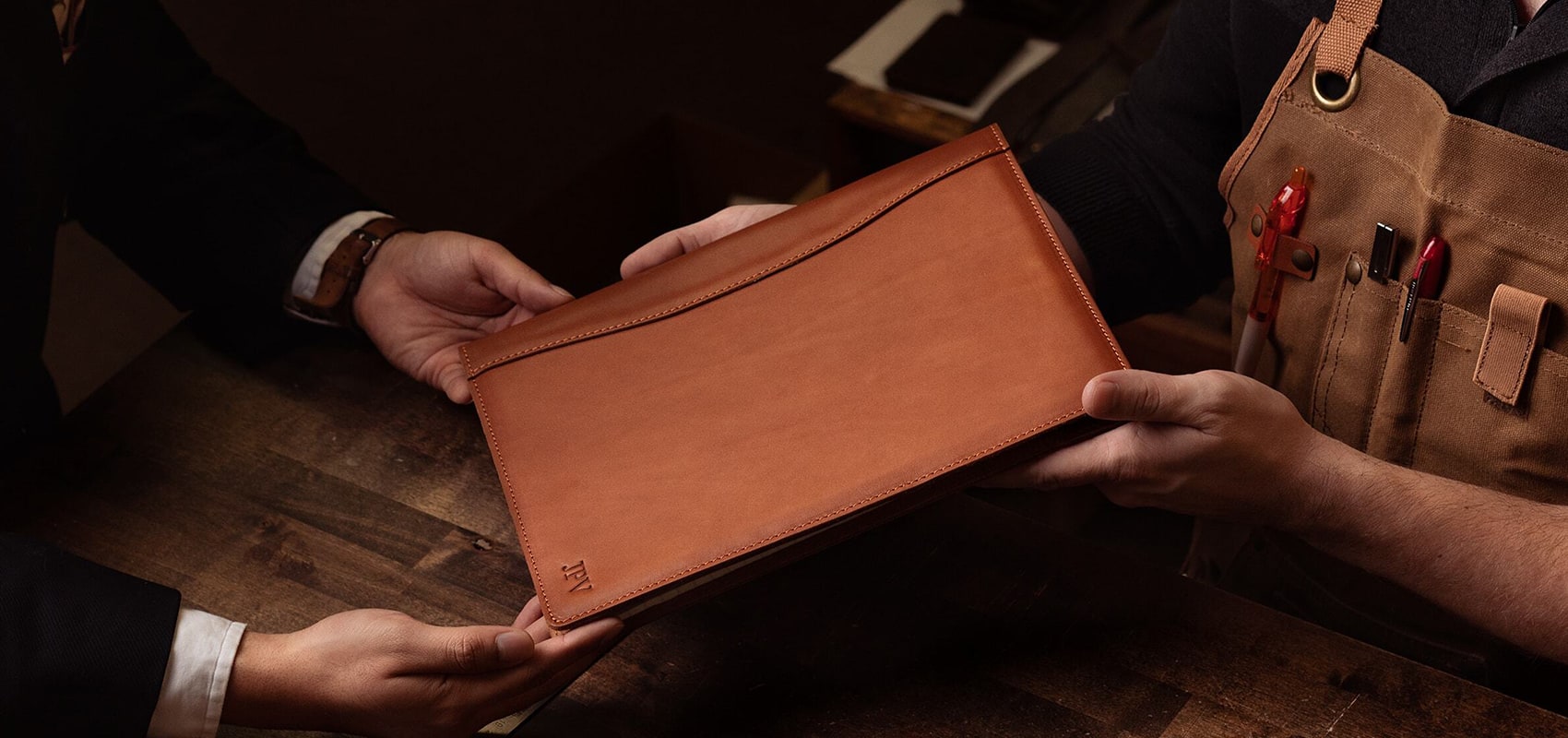
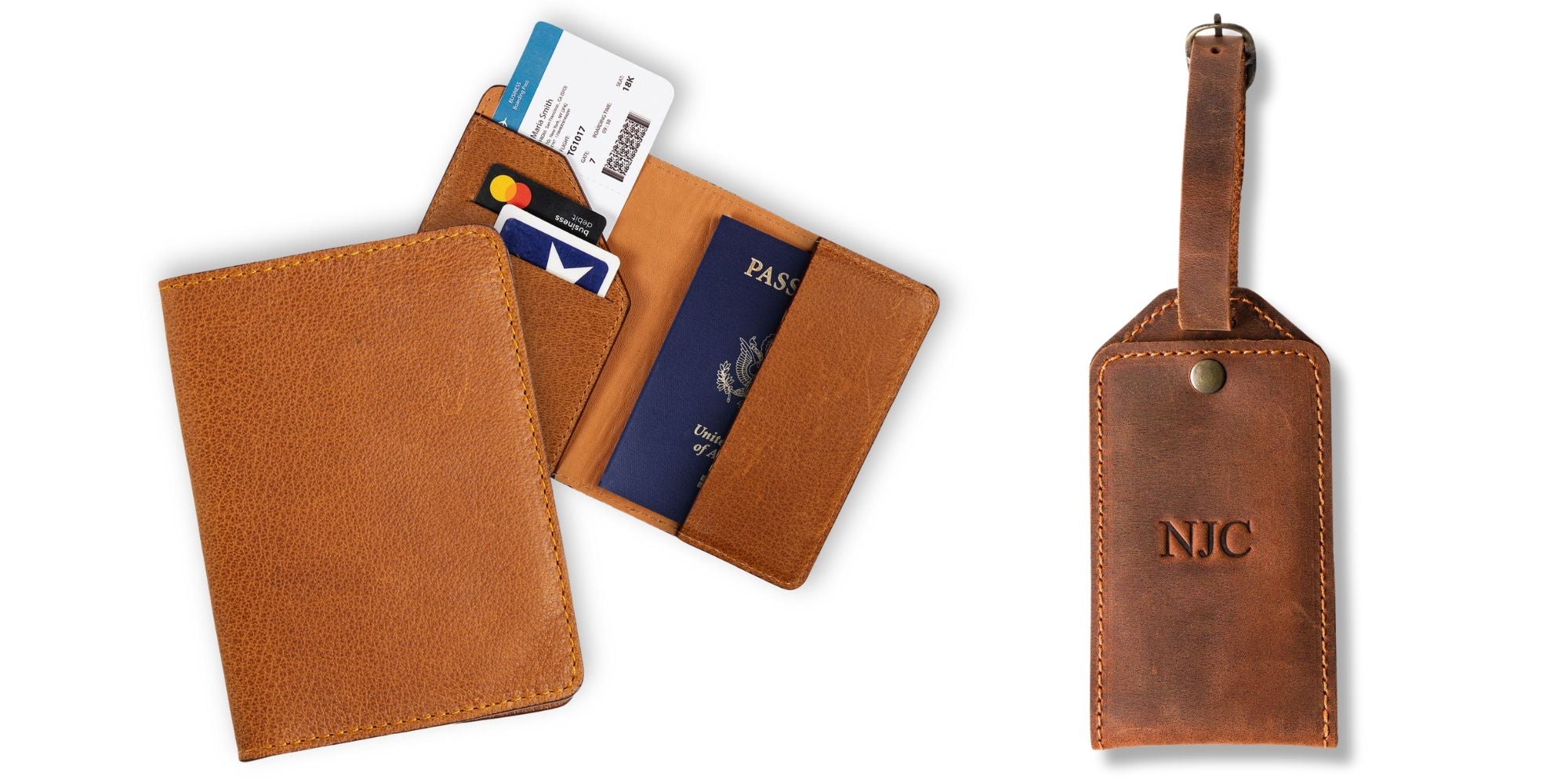
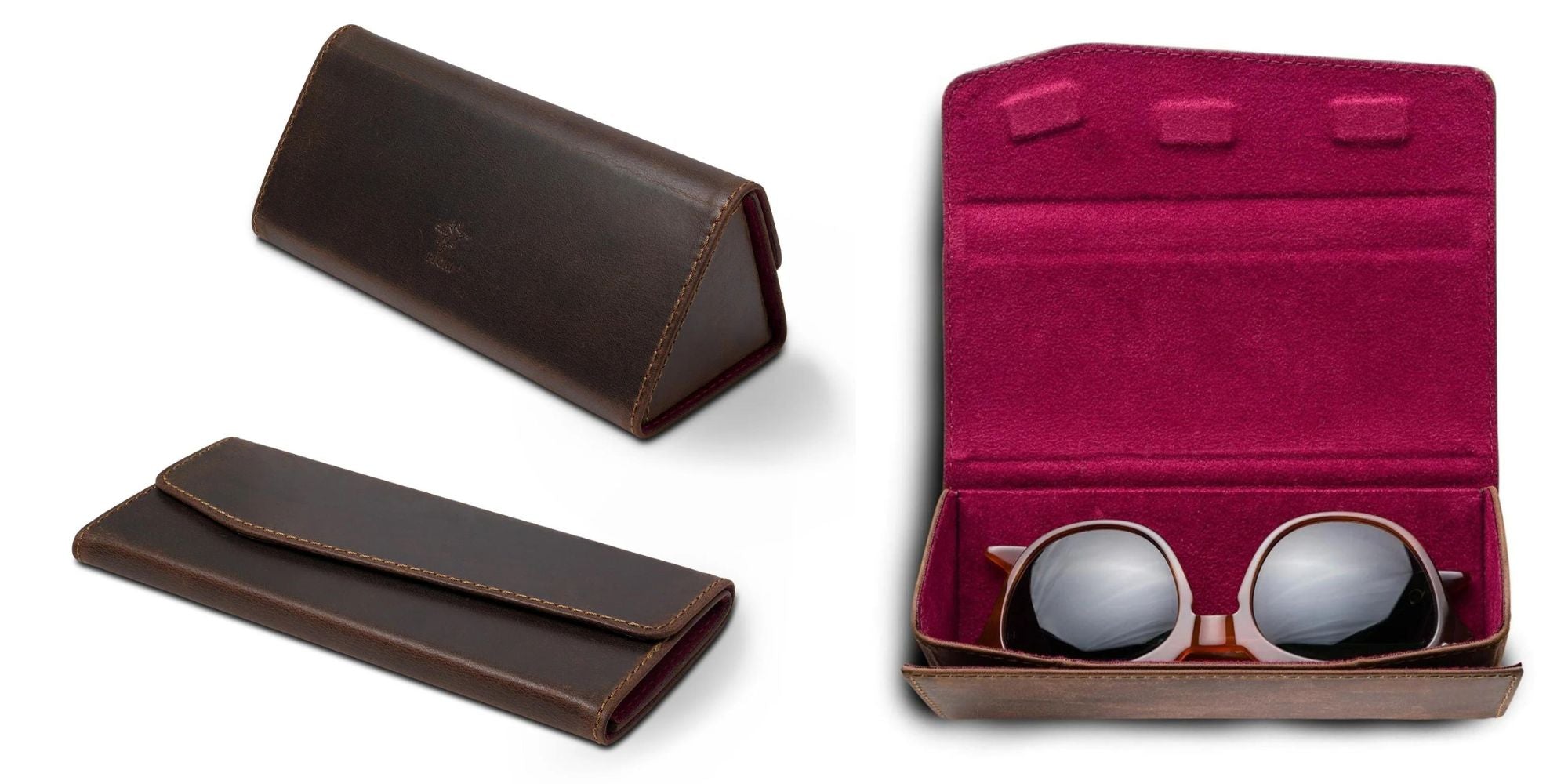








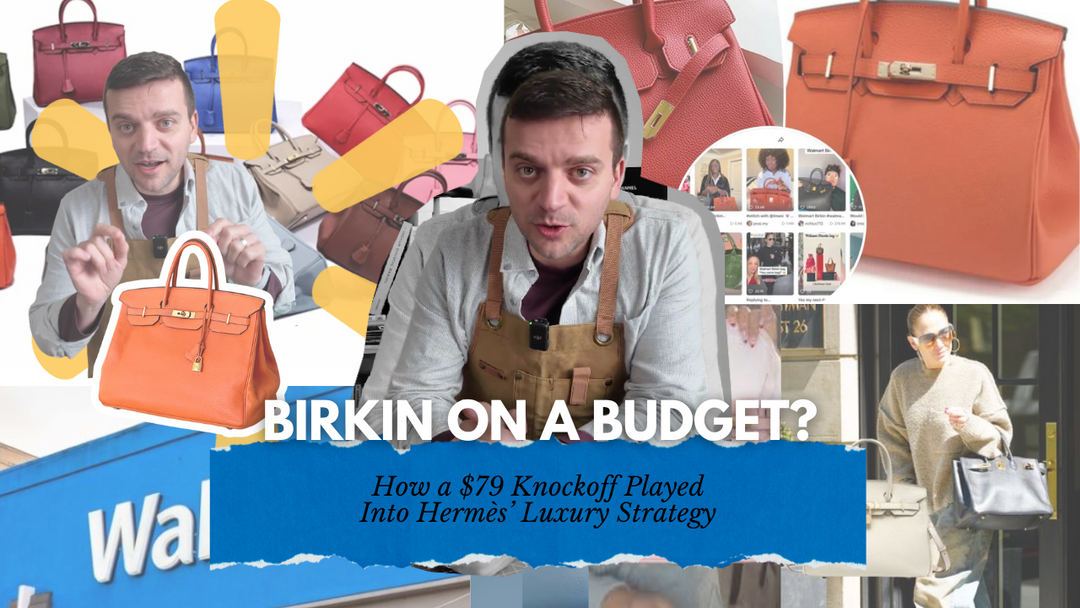

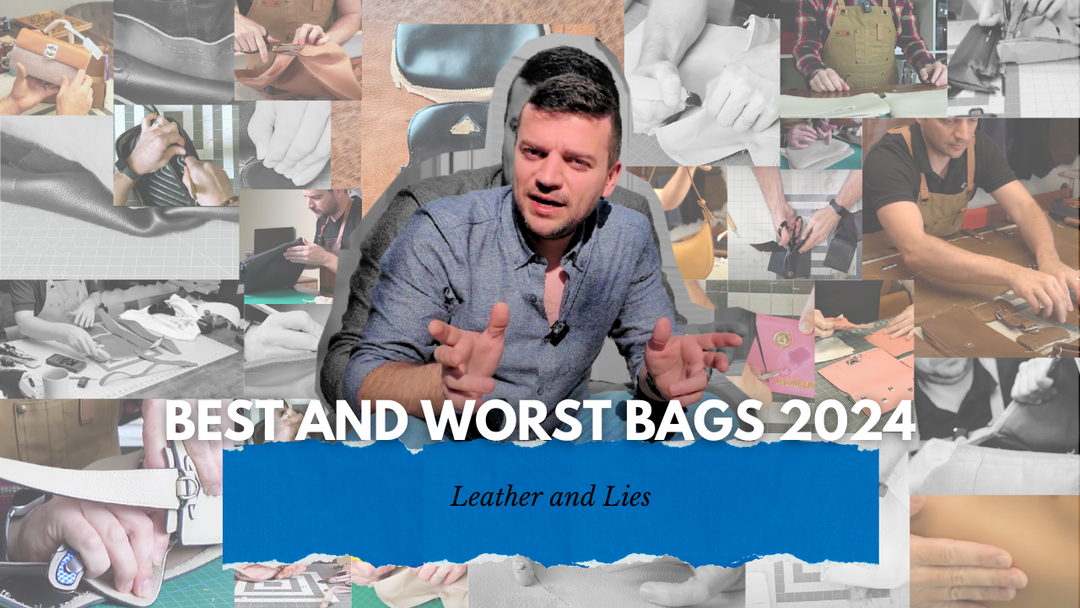
Leave a comment